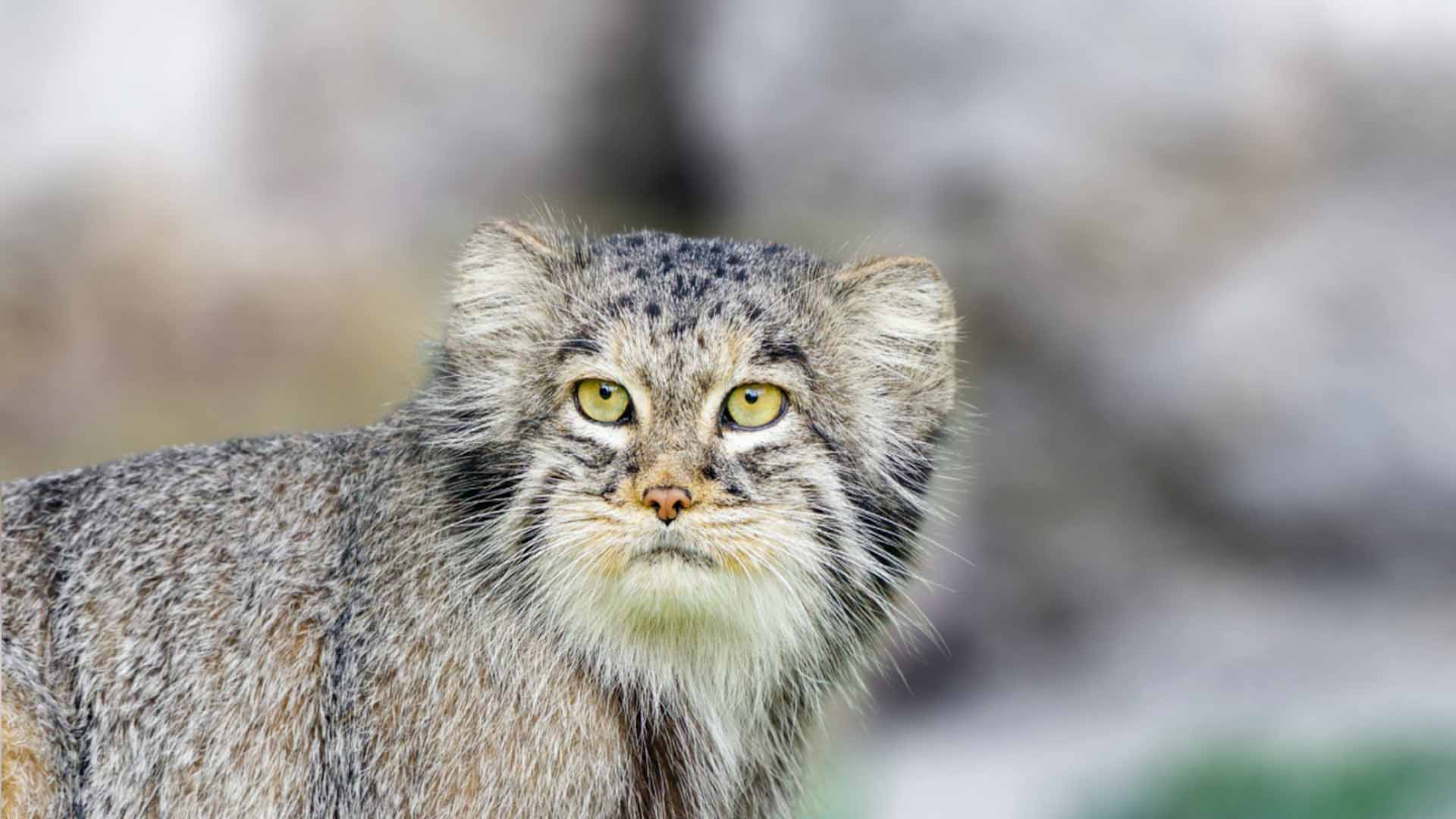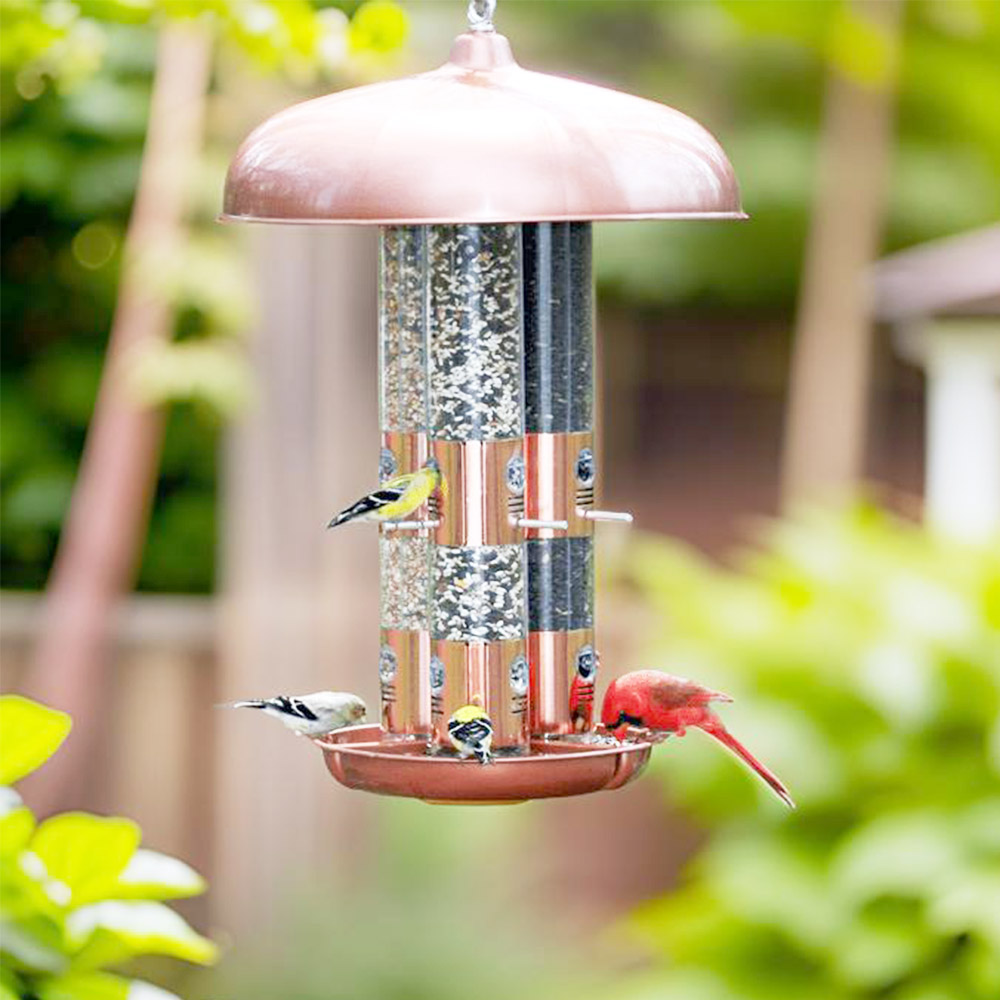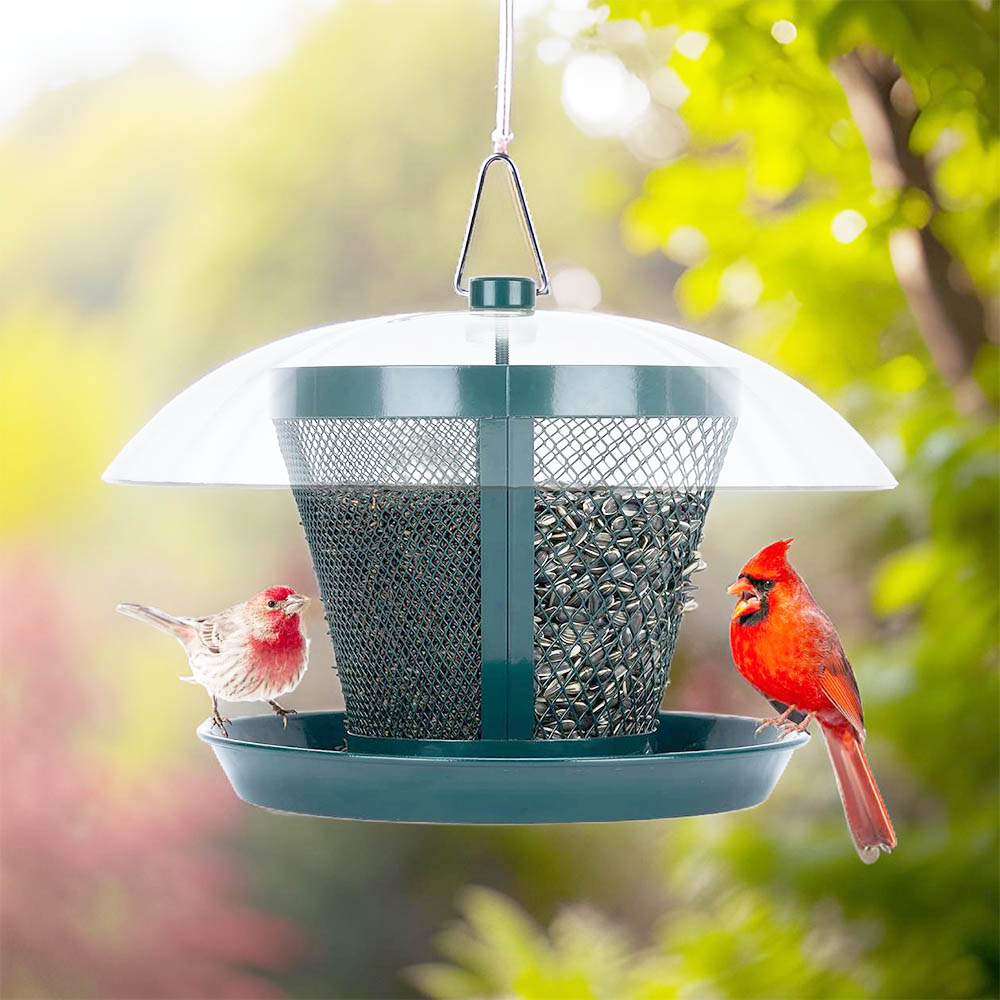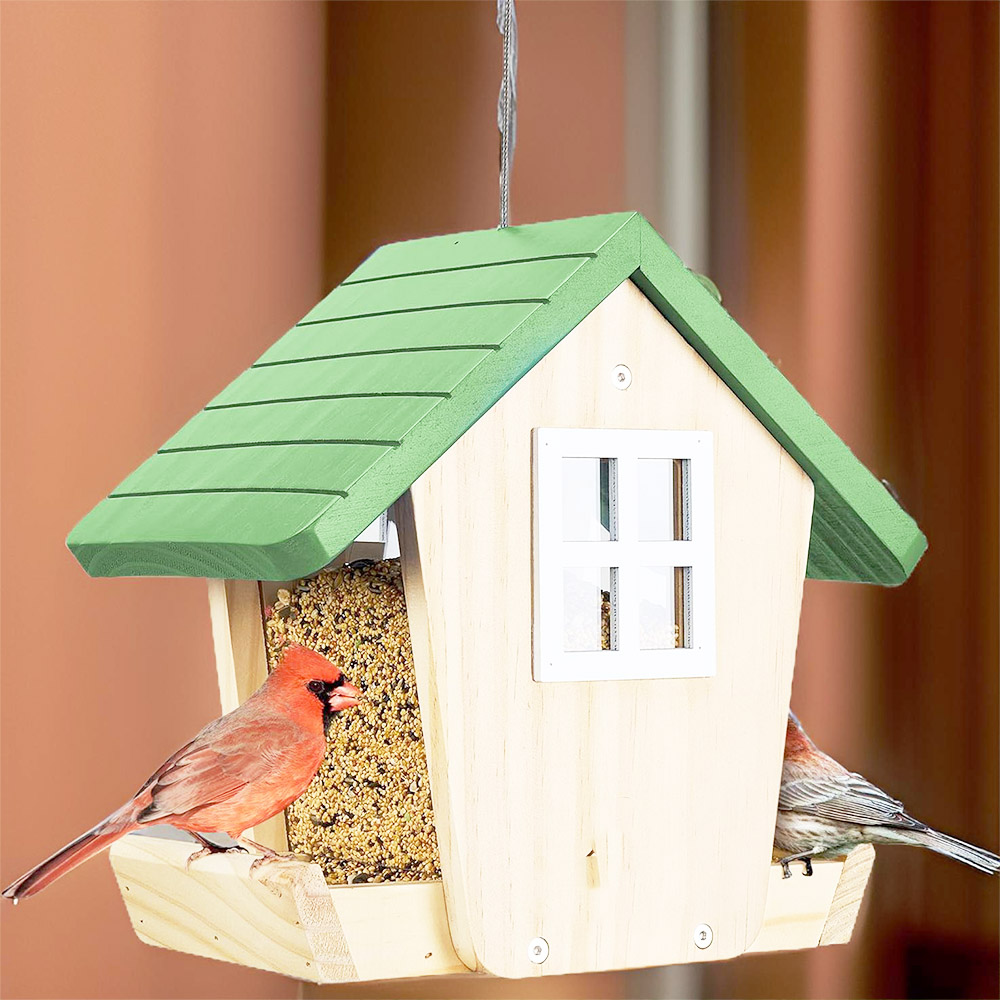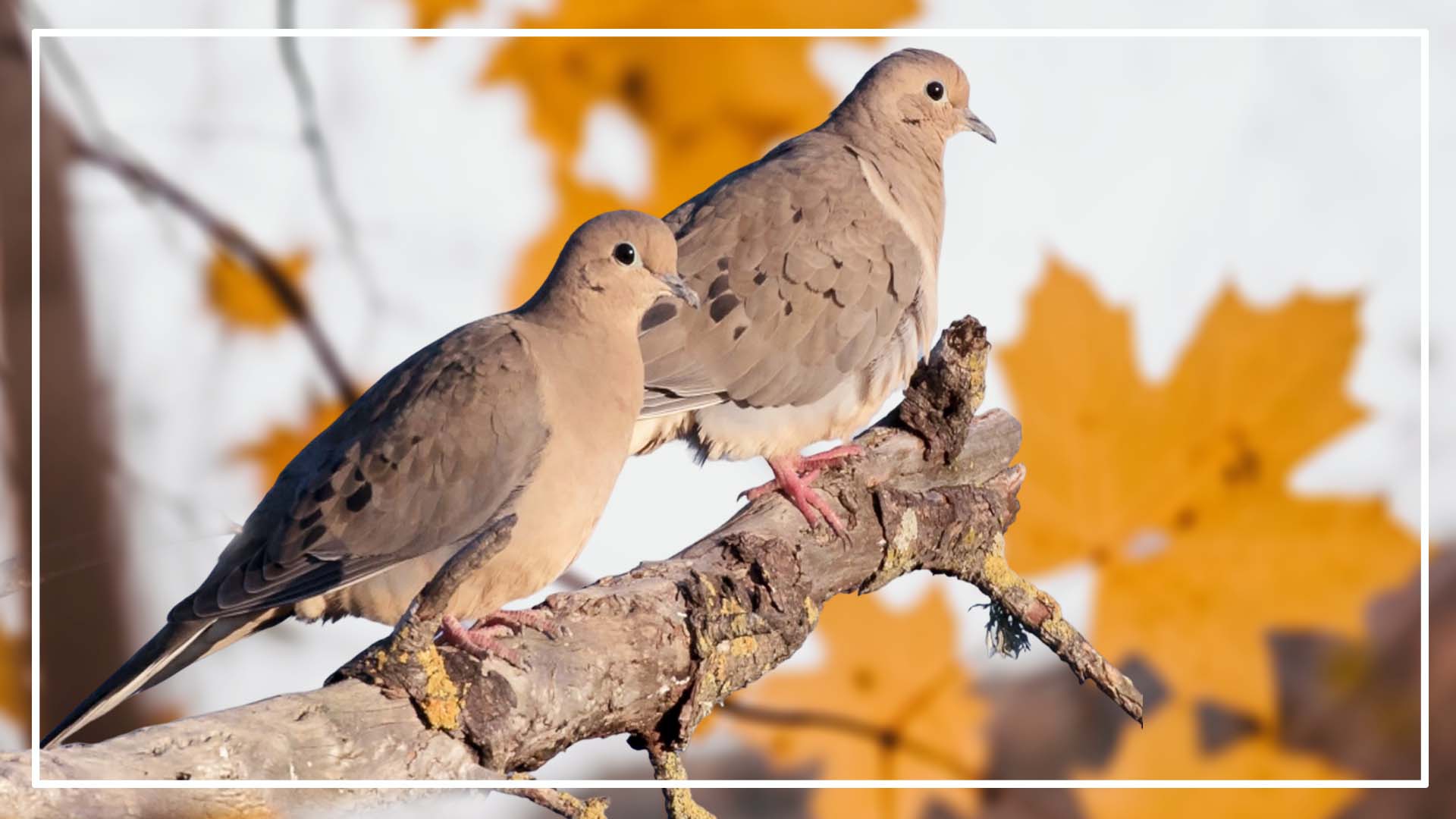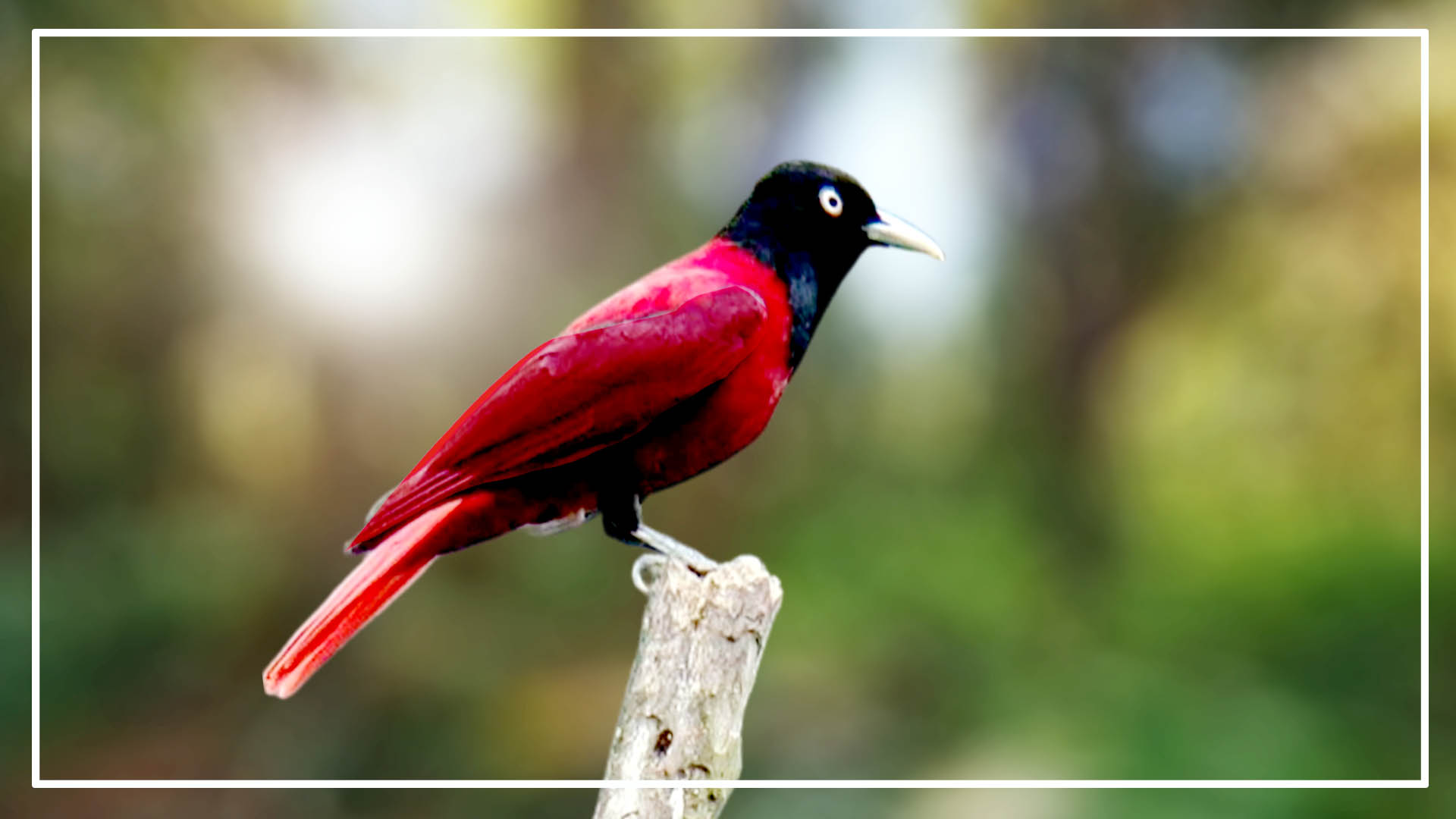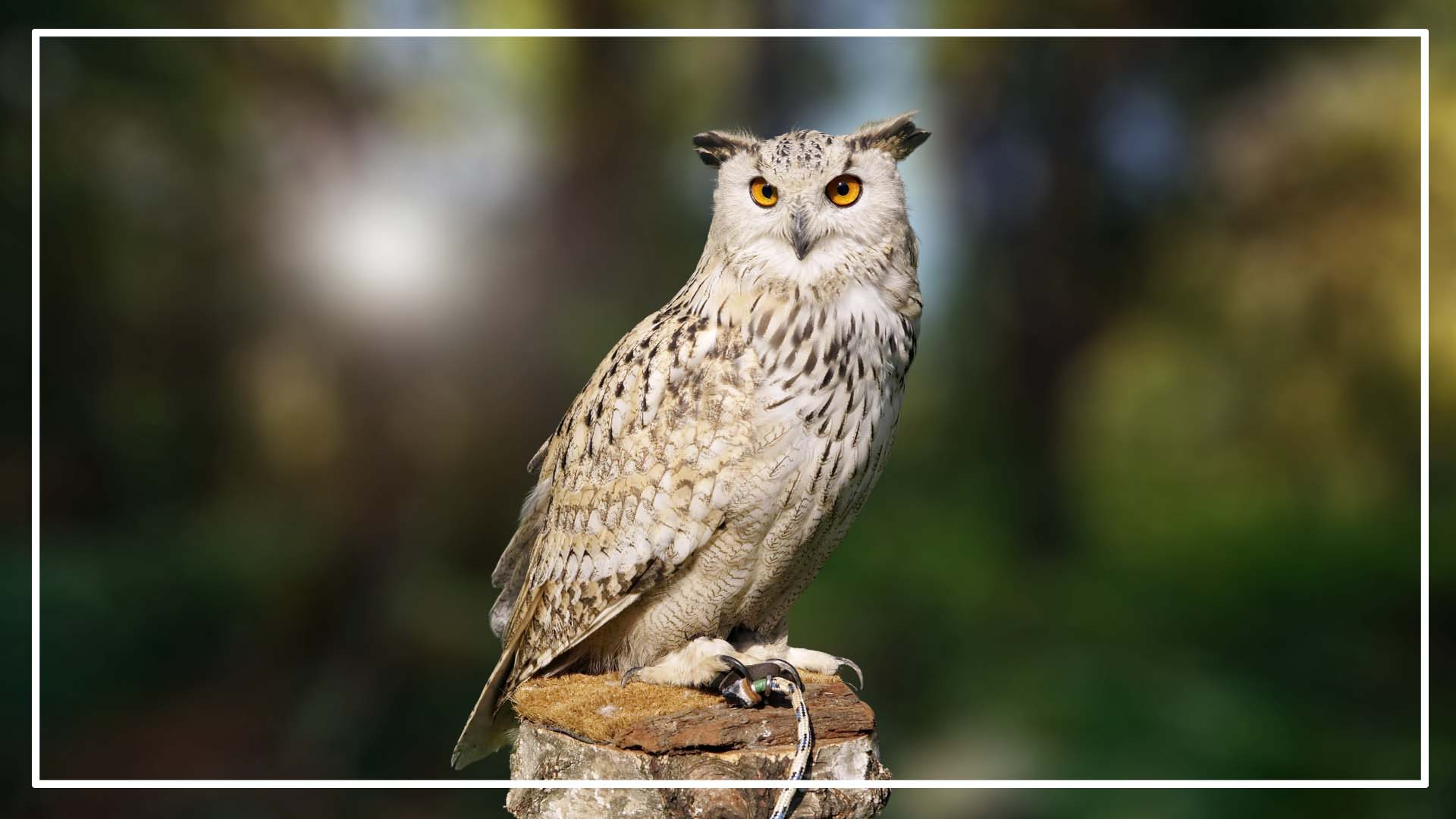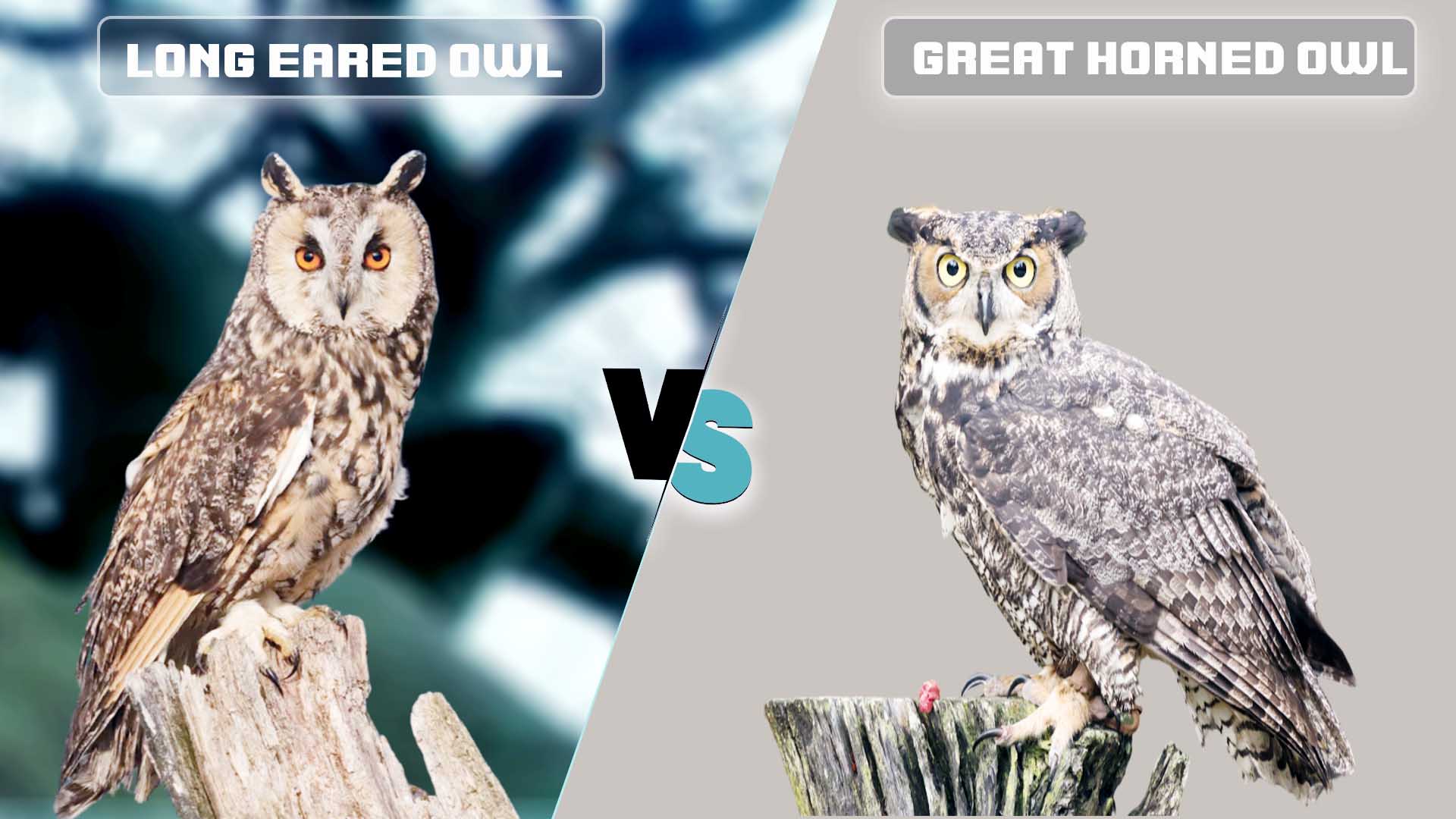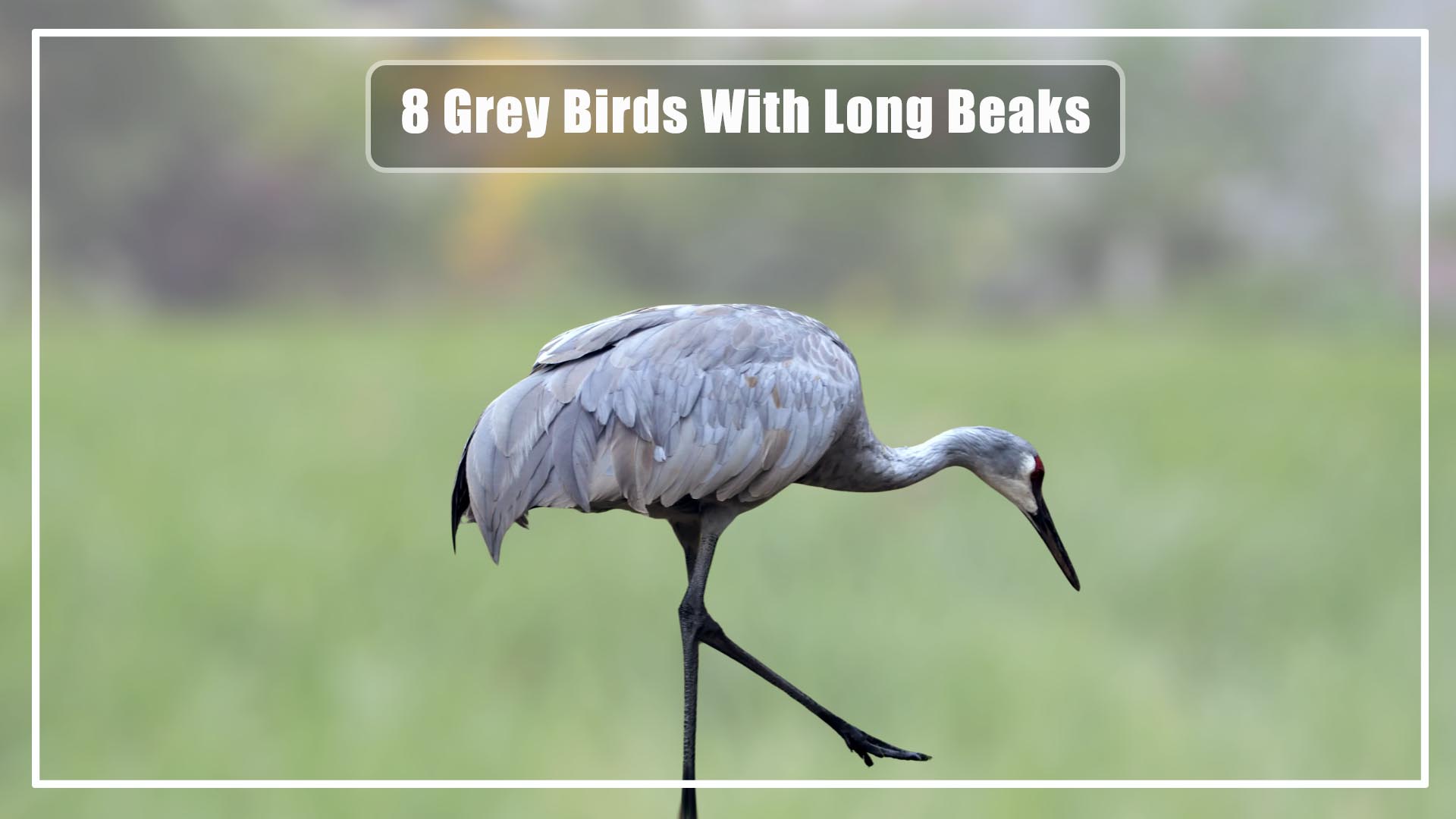Mourning doves (Zenaida macroura) are a familiar and widespread species of birds known for their soothing coos and graceful flight. These beautiful birds exhibit subtle differences in appearance between males and females, allowing keen observers to distinguish between the sexes. In this article, we will explore the distinguishing characteristics of male and female mourning doves.
Male Mourning Doves Vs Female
Here we share the key differences between male and female mourning doves by using the table. By seating the characteristics, you can identify the female and male mourning doves.
| Characteristic | Male Mourning Dove | Female Mourning Dove |
| Size | Slightly larger | Slightly smaller |
| Plumage Color | More vibrant | Subdued |
| Neck Patch | Blue-gray | Lighter gray |
| Iridescent Feathers | Purple-pink | Not present |
| Tail Feathers | Longer, pointed | Shorter, rounded |
| Wing Sounds | Soft, whistling sound | No distinctive sound |
| Courtship Display | Cooing, bowing motions | Cooing, head-bobbing |
| Nesting Behavior | Helps with nest building | Primary nest builder |
| Incubation Duration | Does not incubate eggs | Incubates the eggs |
| Parental Care | Shares parenting duties | Primary caregiver |
Size: Male mourning doves are slightly larger in size compared to females, with a small but noticeable difference in body mass and overall dimensions.
Plumage Color: Males generally possess more vibrant plumage, characterized by rich browns, grays, and pinks. Females mourning doves exhibit a more subdued coloration.
Neck Patch: The male mourning dove boasts a distinctive blue-gray patch on its neck, whereas the female’s neck patch is lighter gray.
Iridescent Feathers: Only male mourning doves display iridescent feathers, which appear as shimmering purple-pink when viewed in the right light. Females lack these iridescent qualities.
Tail Feathers: The male mourning dove possesses longer and more pointed tail feathers, while the female’s tail feathers are comparatively shorter and rounded.
Wing Sounds: Male mourning doves produce soft, whistling sounds during flight, which are absent in females.
Courtship Display: During courtship, male mourning doves engage in cooing and bowing motions to attract females. Females respond by cooing and engaging in head-bobbing behavior.
Nesting Behavior: Male mourning doves assist in nest building, although the primary responsibility lies with the female. The male gathers nesting materials and delivers them to the female.
Incubation Duration: Male mourning doves do not take part in incubating the eggs. This task is exclusively performed by the female, who maintains the eggs’ temperature and ensures their well-being.
Parental Care: While both parents contribute to raising the young, the female mourning dove assumes the role of the primary caregiver, dedicating more time and effort to feeding and protecting the offspring.
What do male mourning doves look like?
Male mourning doves (Zenaida macroura) have slightly larger bodies compared to females. They exhibit vibrant plumage with rich browns, grays, and pinks. One distinctive feature is the blue-gray patch on their necks.
Male mourning doves possess iridescent feathers that appear shimmering purple-pink under certain lighting conditions. They have long and pointed tail feathers, which add to their graceful appearance. During courtship, males engage in cooing and bowing motions to attract females.
Overall, male mourning doves display a combination of striking colors, unique markings, and elegant physical traits that make them a visually appealing species.
What do female mourning doves look like?
Female mourning doves (Zenaida macroura) have slightly smaller bodies compared to males. They exhibit more subdued plumage colors, typically consisting of softer browns and grays. Unlike males, females do not possess iridescent feathers.
Their neck patch is lighter gray in comparison to the blue-gray patch seen in males. Female mourning doves have shorter and rounded tail feathers. During courtship, females respond to the males’ cooing with head-bobbing behavior.
Overall, female mourning doves have a more understated appearance, characterized by gentle tones and subtle markings that blend harmoniously with their surroundings.
Conclusion:
Observing and understanding the subtle differences between male and female mourning doves can be a rewarding experience for bird enthusiasts. By studying characteristics such as size, plumage color, neck patches, and behavioral traits, one can successfully differentiate between these beautiful avian counterparts. Mourning doves showcase unique gender-specific features, reflecting the fascinating dynamics of their species and adding to the wonder of the natural world.
